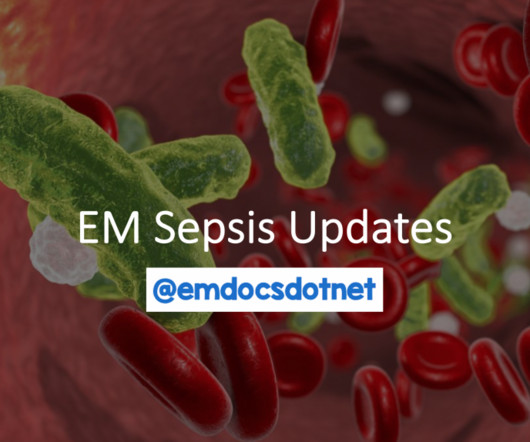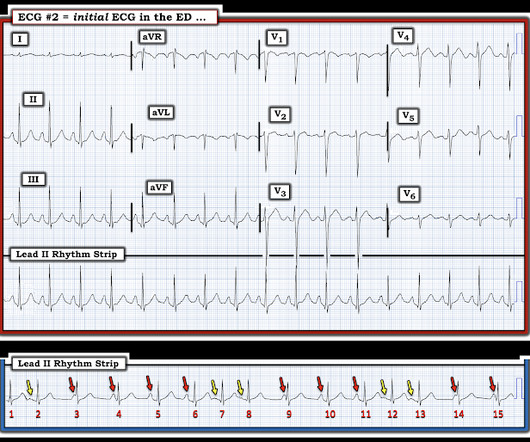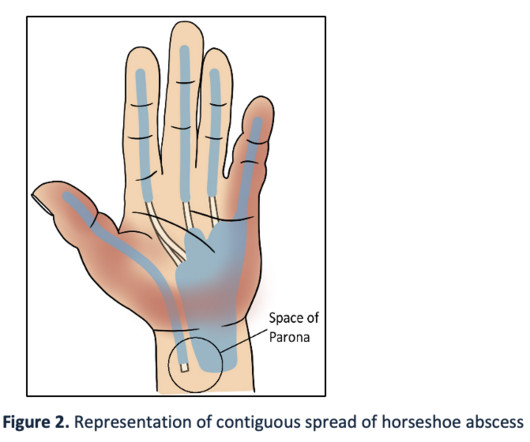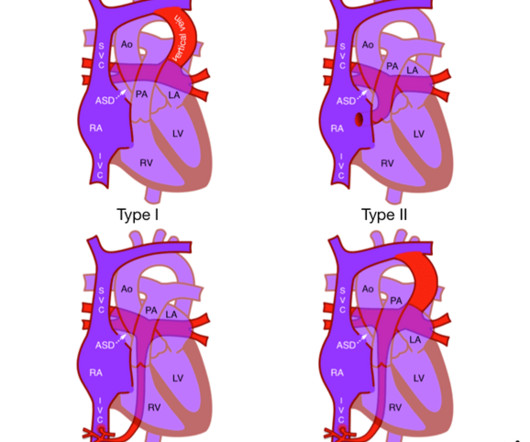Bubble Wrap PLUS – May 2023
Don't Forget the Bubbles
MAY 17, 2023
This month’s list features answers to intriguing questions such as: ‘ Is the neonatal sepsis calculator useful if women were not screened for GBS? ’, ‘ Who can best score postoperative pain: parents or the children? ’, ‘ Is functional constipation associated with hypohydration? 2023 Apr 17. 2023 Apr 25;329(16):1386-1398.
.jpg)

































Let's personalize your content